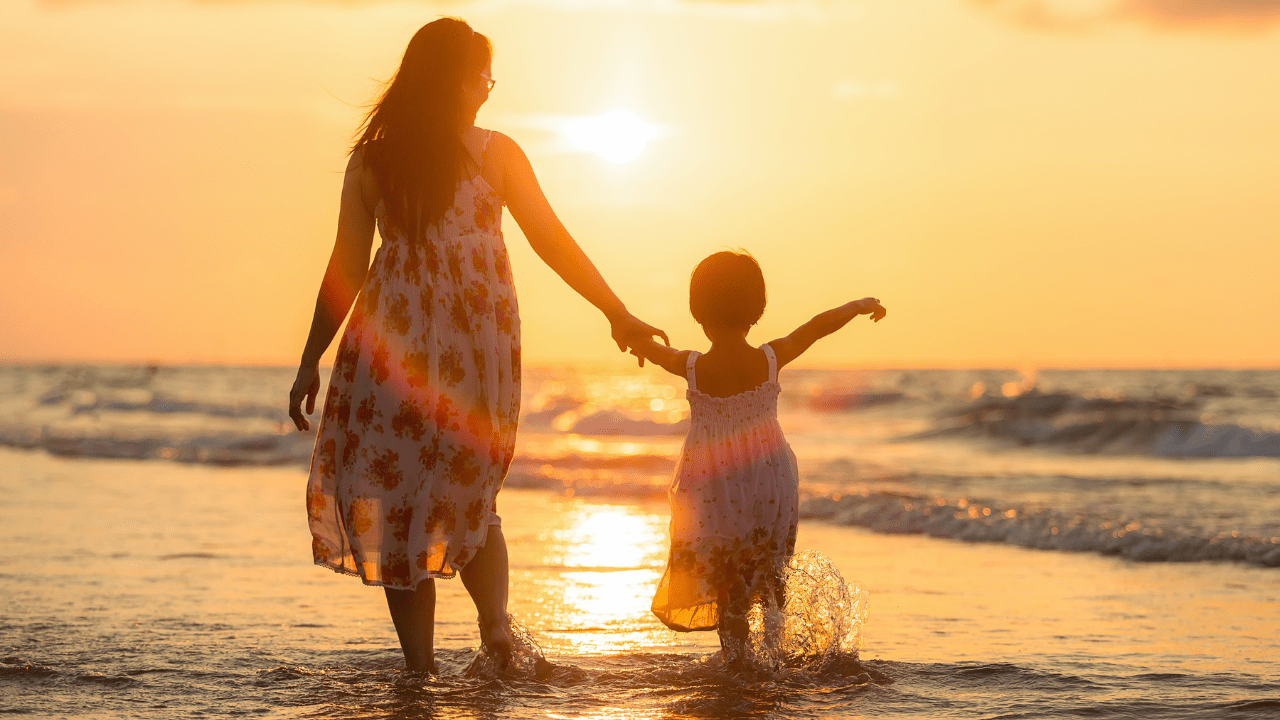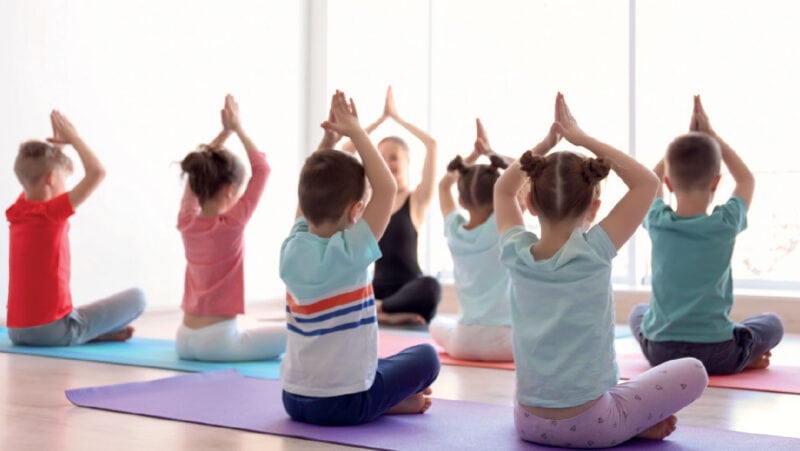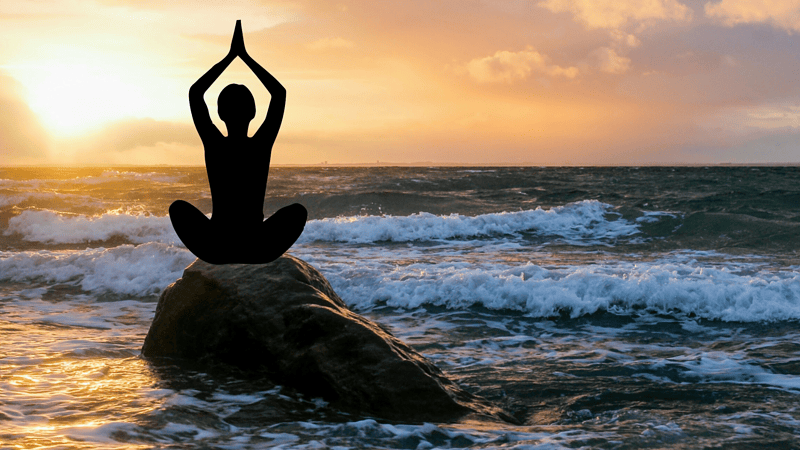
3 reasons kids are better at yoga than adults
Chandana Achanta on how kids apply yoga principles more quickly and broadly than adults
After being schooled by my daughter in yoga on multiple embarrassing occasions, I’m convinced that kids apply yoga principles more quickly and broadly than adults.
The weather channel had promised a cloudy day with a very low chance of rain. As I was dropping my daughter off at school, the skies opened up. The pouring rain drenched my work dress along with an important document that I had failed to secure properly in my open tote bag. “AHHH,” I remember screaming at the top of my lungs in the parking lot, scaring and probably scarring my poor little daughter. As I turned to give her a goodbye hug, she said, “just breathe, mama.”
I was instantly proud of my daughter, and the thought of sitting in an hour commute with a wet dress no longer bothered me. It was not the only time that my child surprised me with impressive insights from yoga. How does she connect dots so well when adults fail to apply yoga beyond the mat? Based on my experience, children seem to have certain advantages that allow them to be better at yoga than adults.
Kids grasp the principles of yoga quickly
Children are fast learners. They tend to be sponges, ready to soak up messages and store them for a long time in their young brains. I did not enrol my daughter in any particular yoga class geared towards kids. I let her watch me do yoga during the pandemic from my living room. She would ask me why I bothered with so many breathing exercises and yoga poses. I told her that yoga and breathing exercises helped me manage anxiety and stress. “Why,” she would ask, followed by, “how?” I would tell her that deep breathing helps calm our nerves and yoga poses help us with our minds. These days, adults are struggling to remember that yoga is more than just a few stretching exercises for the body. On the contrary, young kids are good observers and tend to be amenable to new ideas. Even though she received no formal training in yoga, she picked up the primary purpose of yoga from my explanation and daily practice.
Children apply nuggets of wisdom more broadly in life
Even though I had been practicing yoga to calm my mind, it did not occur to me to use yoga outside of my house. I always thought that in order to go into a state of bliss, I had to wear my yoga clothes, sit in a serene clutter-free environment, and tune out all worldly noises. It never occurred to me to practice my breathing exercises in that school parking lot to control my emotions. I probably would have started blaming myself for not having an umbrella in the car, and for buying a tote bag with no zipper. I would have yelled some more in the car in my wet dress, and taken my anger out on other people throughout the day. My daughter surprised me on several occasions by bringing up concepts of yoga outside of my online zoom class that she shared with me at home. As they are still exploring the world, kids tend to be more open-minded than adults. This enables children to apply what they are learning to all aspects of life, not just in a limited context.
While my daughter doesn’t always tell me what she learned in math class as soon as she comes home, she is eager to tell me what she learned from her peers or teachers. Children love to share new information with others. Adults, on the other hand, tend to believe in minding one’s own business or not taking up other people’s time. My daughter could have easily carried on with her school day. But she found a way to help me during my small moment of crisis, amplifying my own experience of yoga.
Yoga teaches us to stay centred and balanced. If children can take that wisdom to school, to relationships, and other moments of crises, our world will be a lot less chaotic. I will still plan for frenzy by carrying a larger handbag (with a zip and a portable umbrella), but I know that if things don’t go according to plan, I can always rely on my kid to guide me back to my breath.







